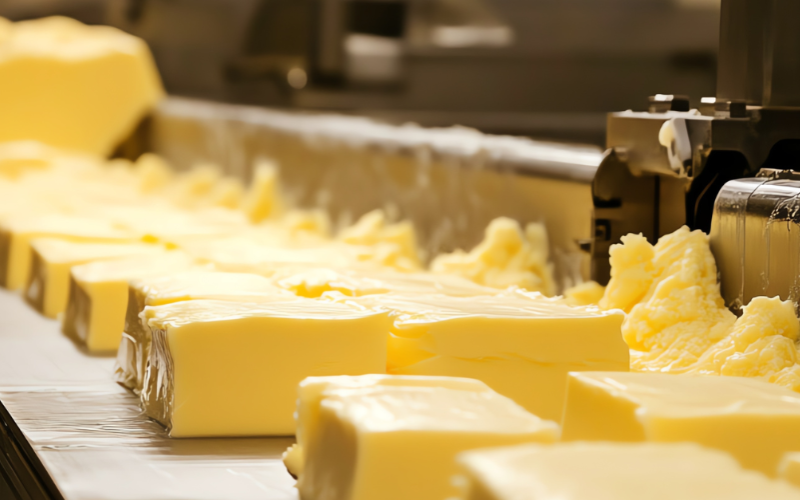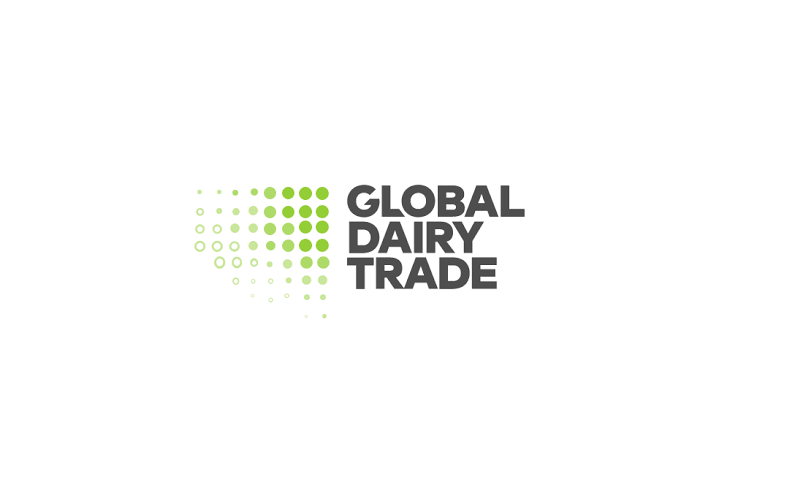US Butterfat Surge Poses Challenges for Dairy Industry Protein Supplies

The U.S. dairy market is currently experiencing a significant shift due to an unprecedented increase in butterfat production. This surge has led to a critical imbalance in the protein-to-fat (P:F) ratio, which is crucial for producing high-quality dairy products. Over the past decade, the butterfat content in milk has increased at twice the rate of protein, leading to challenges for cheesemakers who require an optimal P:F ratio for production.
The current P:F ratio has declined from a historical range of 0.82–0.84 to approximately 0.77, which contrasts with the more stable ratios seen in major dairy-exporting regions like the EU and New Zealand. This imbalance has created manufacturing hurdles, particularly for producers of cheddar and American-style cheeses, as high butterfat content adversely affects cheese quality and production yields.
To address these challenges, cheesemakers are increasingly resorting to milk standardization by adding external protein sources or removing excess butterfat. The root cause of this shift is attributed to Multiple Component Pricing structures, which have historically favored butterfat production over protein.
Dairy farmers have responded to these market signals by employing targeted animal genetics and advanced feeding strategies to boost butterfat levels. However, industry experts now suggest that new pricing mechanisms, such as cheese yield pricing, may be necessary to encourage a more balanced P:F ratio that aligns with industry needs.
Overall, this butterfat boom, while a positive development in terms of production, necessitates significant adjustments in the U.S. dairy industry's approach to balancing its key components for both domestic consumption and global export.











